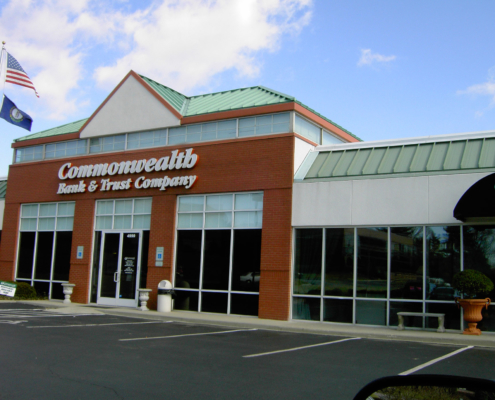
About Us
Established in 1981, Commonwealth Roofing was one of the first roofing contractors in Kentucky to be certified by the KRCA. Today, we provide comprehensive commercial and residential roofing services for home and business owners in Kentucky, Ohio, Indiana, Tennessee & Illinois.

